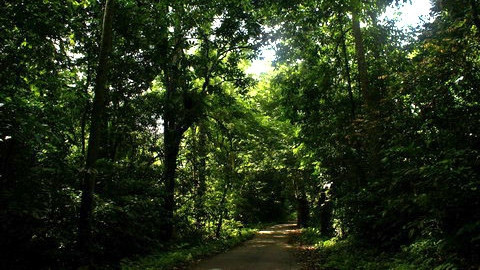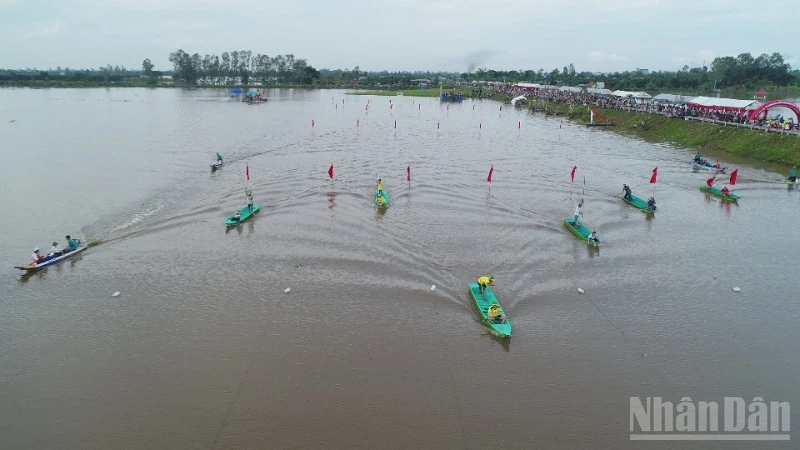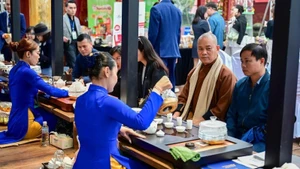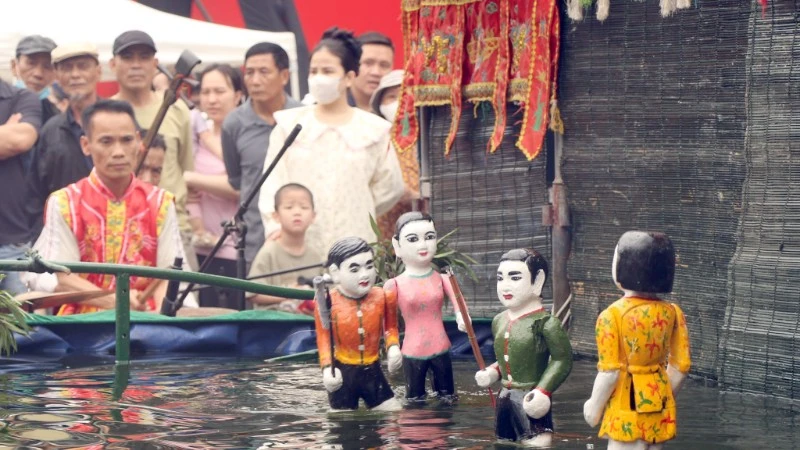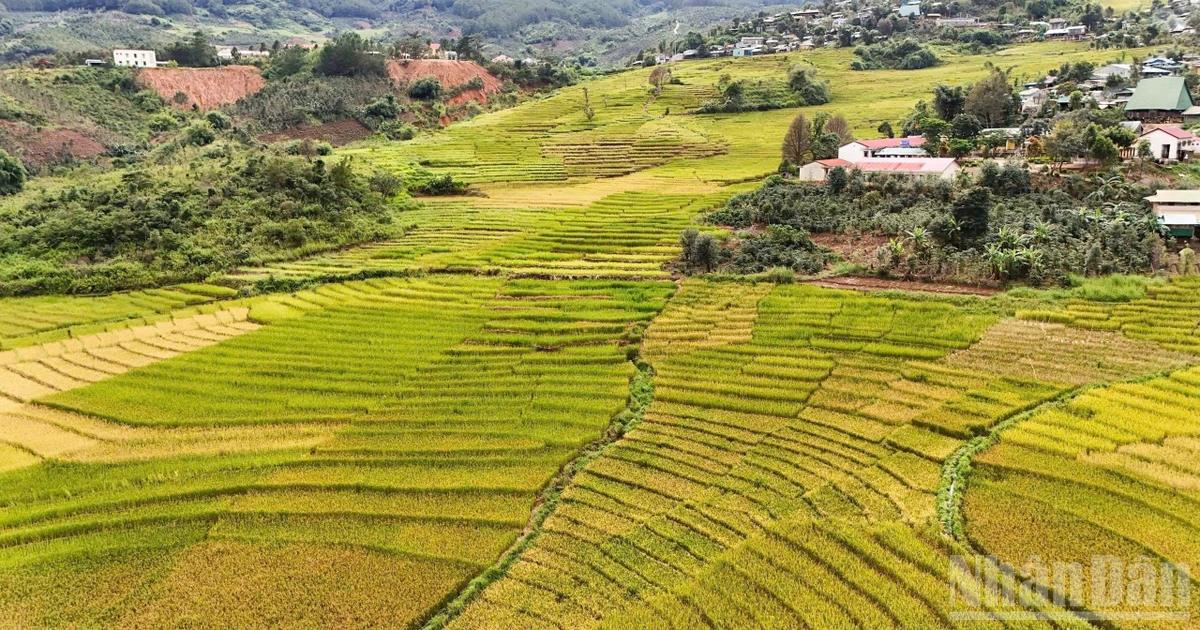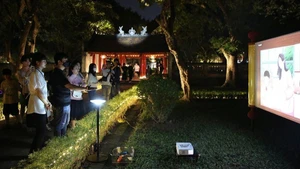Established in 1962, the 22,000-hectare forest stretches across three provinces: Ninh Binh, Hoa Binh and Thanh Hoa. Cuc Phuong National Park is home to more than 2,000 kinds of plants, 2,000 insect species, 122 different reptiles and amphibians, 65 species of fish, and 133 distinct mammals.
Before reaching the forest, deep within the Tam Diep Mountains, the local motorway leads tourists through Ninh Binh's karst mountain ranges, where scenic lakes, caves and rice fields abound and visitors can catch a glimpse of the farming lifestyle in the northern countryside.
But the most relaxing moments come inside the forest – riding a bicycle along designated paths, jogging around Mac Lake near the entrance of the forest or hiking to the 1,000-year-old cho xanh (East Indian almond tree – Terminalia Myriocarpa).
The pleasant 3km guided walk to the tree offers some interesting lessons on wildlife. Equipped with hiking shoes, long-sleeved shirts, hats and water, their necks and arms soaked with mosquito repellant, several tourists followed guide Nguyen Duy Hien along the path.
The smell of wild grass and moist air and the absolute silence of the old forest drew them in. It seemed that time had stopped. Mobile phone signal was nonexistent. Deep in the forest, the hikers felt at one with nature.
A green twig was moving in the bush. Hien explained that it was an insect called bo que, or walking stick (carausius morosus), famous for its capability to camouflage itself in the forest environment.
"Such an insect can disguise itself as a green twig or a brown one depending on the tree that it lives in", Hien said, adding that there are 25 species in Vietnam, of which 20 can be found in Cuc Phuong. An adult walking stick can reach 60cm in length.
They passed through a vast land populated by wild banana trees, which the guide said was the most reliable source of fresh water in the forest. "Water from wild banana trunks tastes pretty acrid but it is safer than water from streams", he said.
"If you get lost, you can cut a wild banana trunk 20-30cm from the ground, make a horizontal hollow in the middle of the trunk and wait a few minutes. The water will soon come through the banana root to fill the hollow", he said. The guide pointed to a climber vine running along the path, sprawled from tree to tree, and said it was called day bam bam (woody liana). The longest one in the forest is 2km long.
Passing some small springs, deeper into the dense forest, Hien stopped at a banyan tree that almost completely covered a weak tree below. He explained that many banyan seeds were brought by birds to host trees. The seeds grow thanks to nutrition from the host tree, which the banyan gradually swallows. For this reason, banyans are sometimes called ‘tree killers’.
The environment might look friendly to tourists, but for animals and plants there is fierce competition to survive. After more than one hour, they finally reached the famous thousand-year-old tree, which measures 45m in height and 5.5m in diameter. From the wide root system emerge two steady trunks, which stand firmly on the ground and reach a dizzying height.
The tourists enjoyed the scarce rays of light leaking through dense layers of leaves as they returned to the car park, felling happy that they had done exactly as the forest’s management advised: "Leave nothing but footprints, take nothing but photographs".
